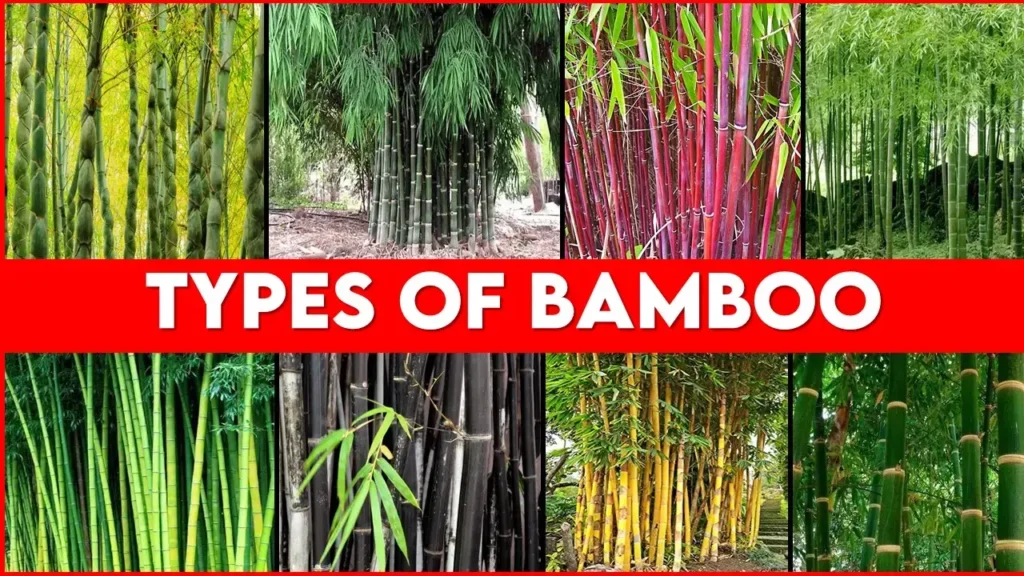Isn’t it enticing that among the myriads of greens in our planet is a green whose species have roles in medicine, construction, fabric industry, paper industry and have positions in many more categories ! I’m talking about “Bamboo” which is perennial in nature and has been supporting sustainability since ages. Its species are as tall as 35 meters in height and so short that can be kept in small vases for lifetime. Amazed enough ? I hope this must have fueled you to scroll down to learn more about the types of bamboo.
Some interesting facts about different types of bamboo
- Bamboos flower once in their lifetime and then die. Different types of bamboo have different times of flowering. It can interestingly vary from 50-100 years.
- It is also called “Natural air conditioner” as it can potentially bring down the surrounding temperature by 6-8°C.
- Almost 96-99% of Pandas’ feed is bamboo.
- It has a major role in the invention of the bulb as the first light bulb by Thomas Edison has carbonized bamboo as its filament.
- After the attack on Hiroshima, the first green planted was bamboo.
Understanding the basics
This hardy grass…yes, grass. It is from the grass family, Poaceae and is not a tree. As I wrote in the introduction, your curiosity and bamboo’s characteristics will compel you to scroll down as I introduce types of bamboo to you, and I feel like it’s happening.
This hardy grass had its origin in China and then it traveled and spread worldwide through flowering, so it’s the reproductive math when we talk about its spread.
Believed to have originated 30-40 million years ago, it had been used as herbivores’ food, and evidently for survival like for building homes, making arrows and since then, its evolution has happened both in the terms of science and usability.
- India ranks 2nd in the production of bamboo worldwide.
- More than 50% of bamboo is cultivated in North Eastern states of India and West Bengal.
Indoor bamboos are not so sensitive to geographic placement as the environment can be controlled inside, owners of little indoor bamboos have advantage in that matter. But owners of other genus of bamboo are not at any disadvantage either, it’s just about the genus of bamboo to be cultivated in different temperatures and other climatic conditions.
Let’s categorize:-
Based on the nature of spread, bamboo has mainly been bifurcated into 2 categories.
If you’re a new bamboo grower/ buyer, it is mandatory for you to understand these two categories so that you select the perfect bamboo for your hedges and the suitable ones for your Vastu, commercial purpose etc.
A- Clumping type/Sympodial/Clumpers
These bamboos have a confined area of spread and do not invade the proximal land to spread its territory. Its rhizomes are “U” shaped and multiple culms/stems develop from a single rhizome.
B- Running type/Monopodial
Monopodial bamboos have an invasive nature and their containment measures should be set. The rhizomes are horizontal and we get a single culm from a single rhizome .
Some other types are
- Woody bamboo
- Herbaceous bamboo
- Temperate woody
12 Different Types of Bamboo Plants
1. Black bamboo (Phyllostachys nigra )
This wonderful bamboo species exhibits the characteristics of both running type and clumping type, former one for the initial few years and latter once they’re soiled for a few years. Its culms show green color for the first 2-3 years and then start changing into black. Talking about its height, it goes around 30 ft up, and the diameter achieved is approximately 2 inches. Sunny to shady ambience is suitable.
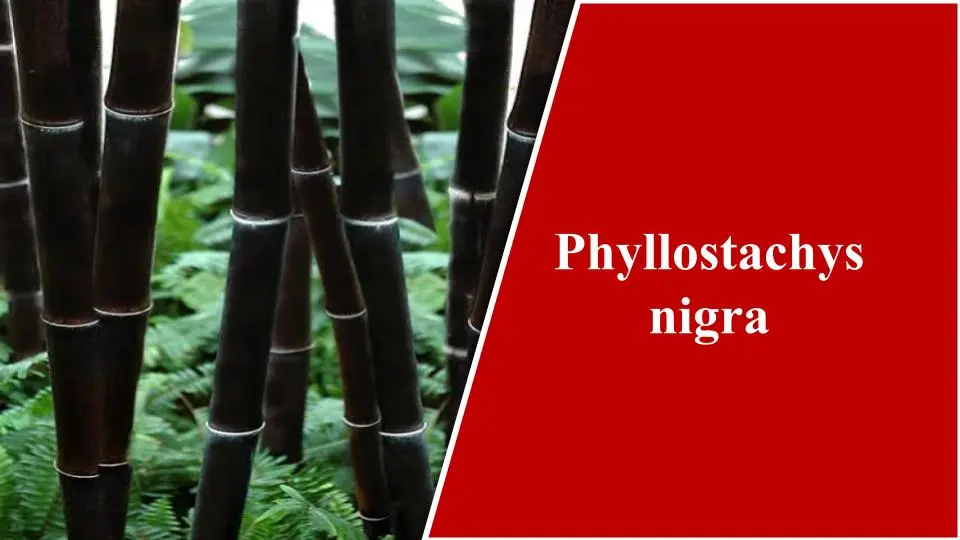
Uses of black bamboo
- Ornamental value :– Its color altering property makes it an important species in the ornamental plants’ market.
- Black bamboo is being used for handicrafts, furniture making etc.
- Serves environmental benefits, holds soil to avoid erosion.
2. Female bamboo (Bambusa balcooa)
Although, in India its commercial significance is not as high as other bamboo species but is a beautiful work of nature, especially because of its culm color. This clumping type of bamboo is cultivated in regions of Assam, West Bengal and North Eastern states of India. It has regional names like Bhaluka, Balku bans, Wamnah etc.Its height goes up to 30 m and heavy textured soil is required.
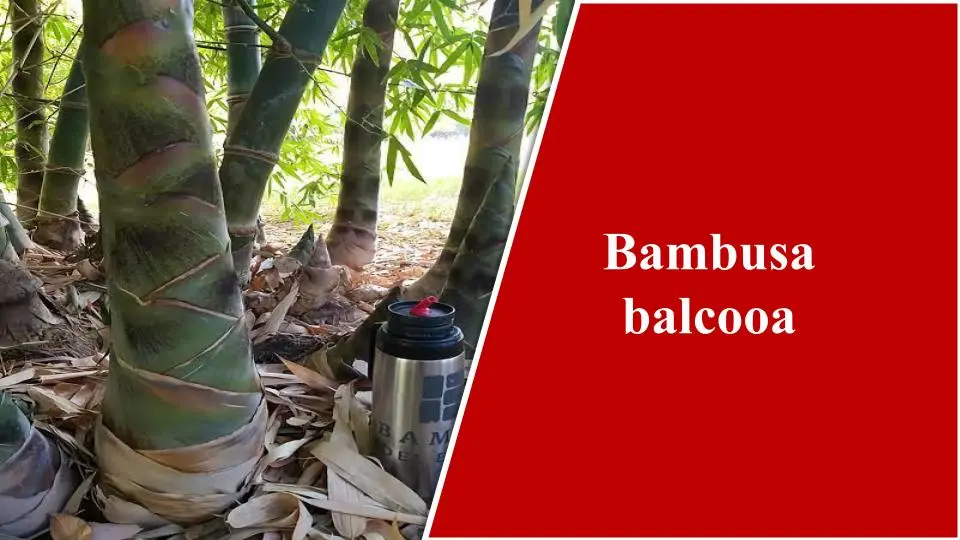
Uses of female bamboo
•This interesting bamboo is used for food purposes, for construction.
•Used in the paper industry, used for making craft items like vases, hats, mats etc.
•Their leaves are the fodder for animals and shoots can be consumed as vegetables. This way humans, animals as well as the environment, all are content with this species of bamboo.
3. Giant Thorny Bamboo (Bambusa arundinacea aka Bambusa bambos )
The name in itself is an explanation of its physique, therefore it is also called Indian thorny bamboo as each node of the branch has 2-3 spines. It is a clumping type of bamboo with 10-12 cm diameter and 20-30 m length. From young stage to maturity, its color changes from dark to bright green. Tropical to subtropical climate is best suitable for it and well drained soil and moderate water supply is required.
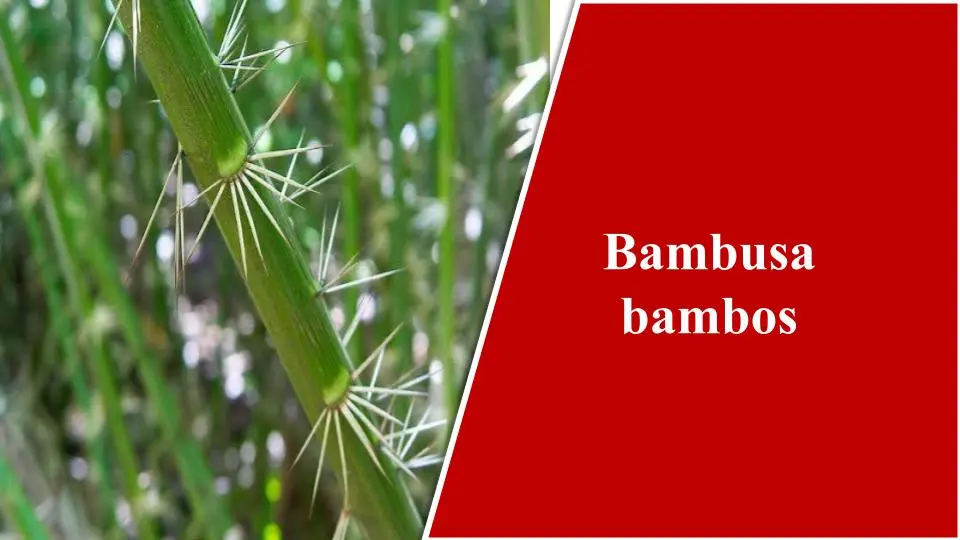
Uses of giant thorny bamboo
- Used in construction work, handicrafts, bow and arrow making.
- Food for humans and animals’ fodder is achieved by seeds, shoots and leaves respectively.
4. Bengal bamboo (Bambusa tulda)
It is a dense clumping type of bamboo prevalent in tropical and subtropical climates. This 6-20 m tall bamboo requires well drained loamy soil. It also exhibits color changing properties in its different growth phases. It changes from light green or grayish white in its early stages to grayish green in its later stages.
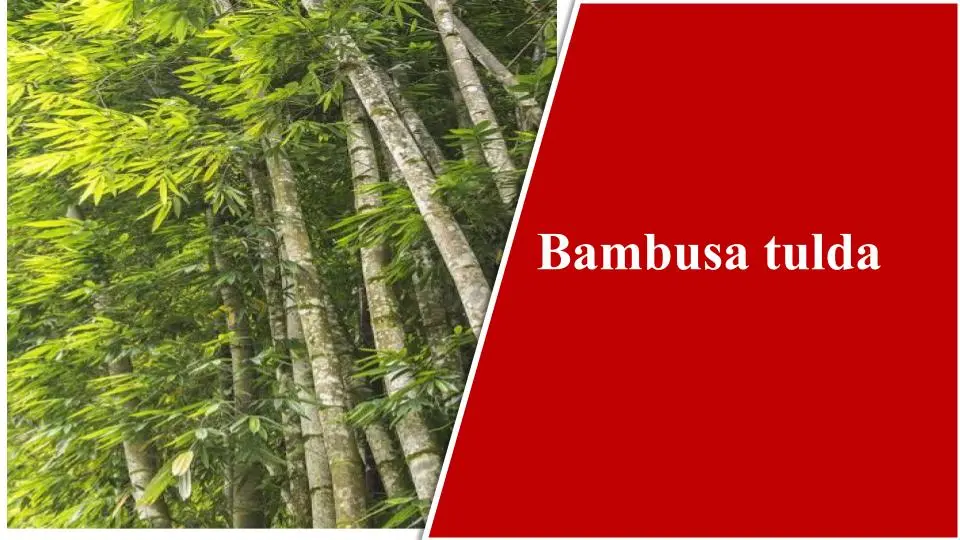
Uses of Bengal bamboo :-
- Used in utensil making, construction, handicrafts.
- Its young shoots are consumed as pickles.
- In medicine, its culm’s secretion is used as an aphrodisiac.
- They are excellent windbreakers.
5. Male bamboo/solid bamboo/Calcutta bamboo (Dendrocalamus strictus)
A clumping type of bamboo which is suitable for tropical and subtropical regions. With 8-20 m tall culms and 2.5-8 cm diameter, these become solid in dry conditions. Rooting in these types of bamboo occurs from the lower nodes.Talking about its color, then young Calcutta bamboo show pale blue to pale green color when young and with time change to dull green or yellow.
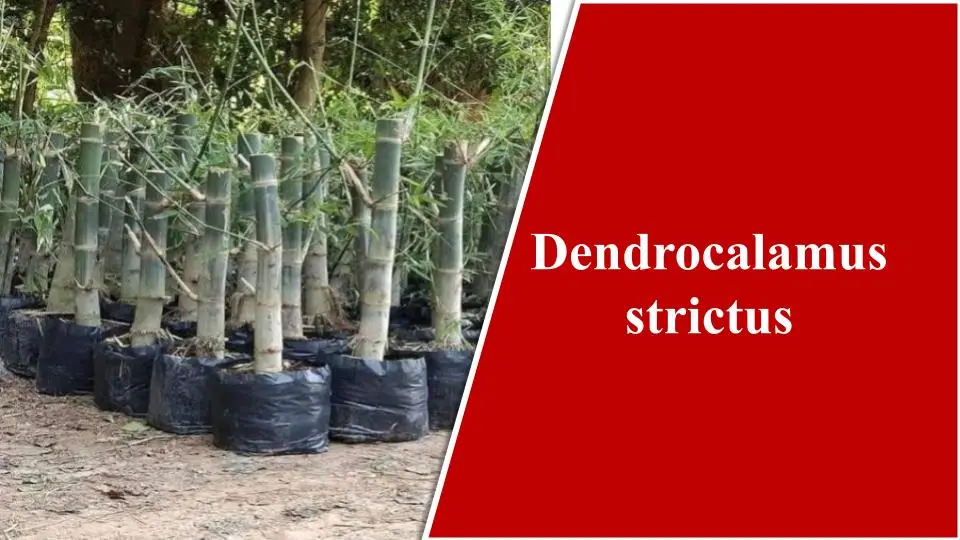
Uses of male bamboo
- Musical instruments of this material are very much in use.
- Paper industry is also benefited by this species of bamboo.
- Implements made from this type of bamboo are used in agriculture.
- For medicinal purpose, siliceous material of Calcutta bamboo is used.
Also Read
6. Lucky bamboo (Dracaena sanderiana)
You must have visited homes, workplaces and indoors where you would have observed this small bamboo variety kept on the tables. It is called lucky bamboo for Vastu related properties. Even in medium to low light it can survive and grows upto 3 ft. If you have limited space and want to uplift the green section of your indoor, this is one of the best options to go for.
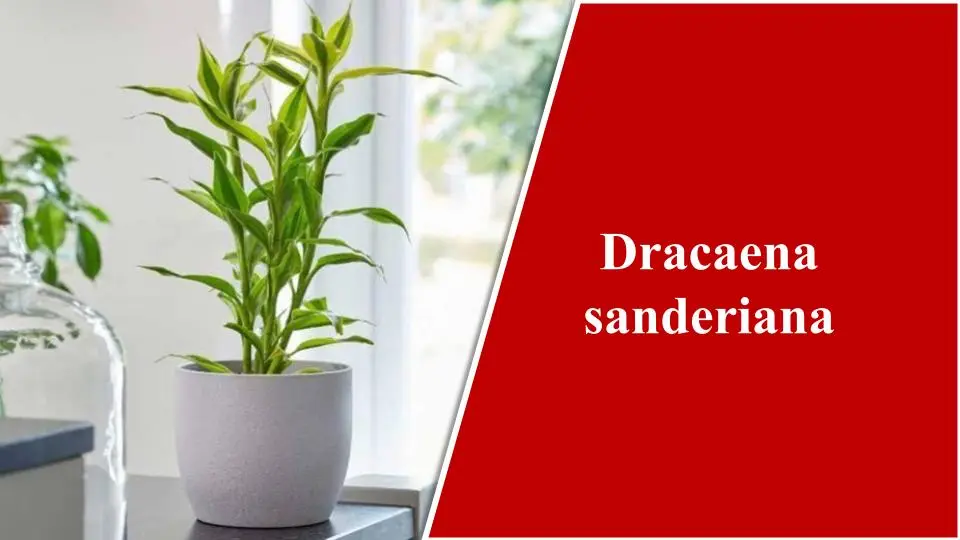
Uses of lucky bamboo
- Like outdoors, our indoors have pollutants too and Dracaena sanderiana cleans up the toxic substances present in the air.
- It has high ornamental value.
- Through processes like transpiration, photosynthesis, humidity is maintained in the rooms.
- It’s better to keep an original plant instead of an artificial plant as it provides freshness in the air.
7. Thai silk bamboo (Bambusa Nana)
It is a clumping type of bamboo whose propagation is difficult but has very high commercial value, this makes it expensive in the market. “Silk” in its name is for their fine hanging leaves. This fine leaf bamboo attains height of around 8 meters and diameter of approx 50 cm.
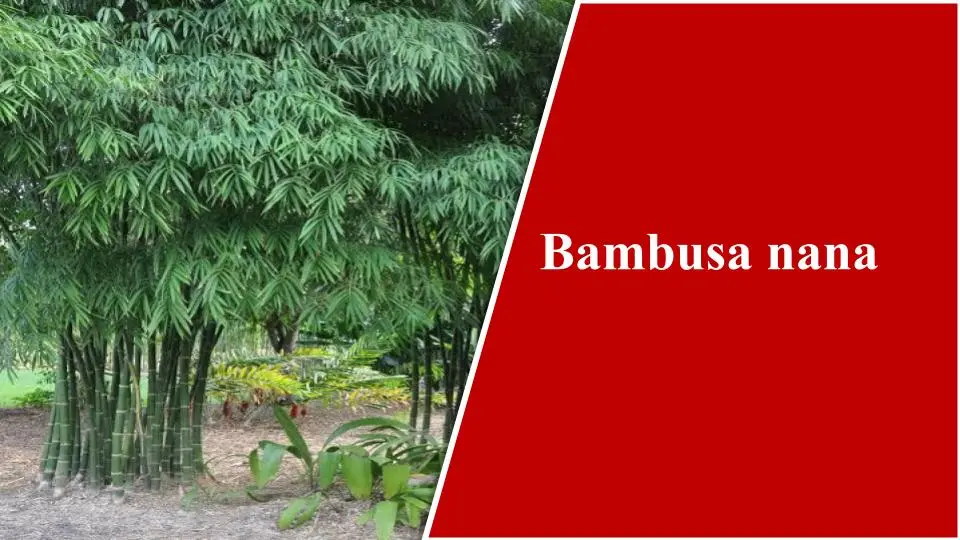
Uses of Thai silk bamboo
- This exquisite bamboo species is used for hedge purpose and privacy especially in urban households.
- It is suitable for container gardening, so if you’re planning for pots and containers in your garden, make it an element.
8. Moso bamboo/tortoise shell bamboo (Phyllostachys edulis)
A running type of giant timber bamboo which flourishes in temperate climate. Let me tell you one interesting fact about it, it is the largest temperate species of bamboo present on earth which can go upto 17-18 m tall.
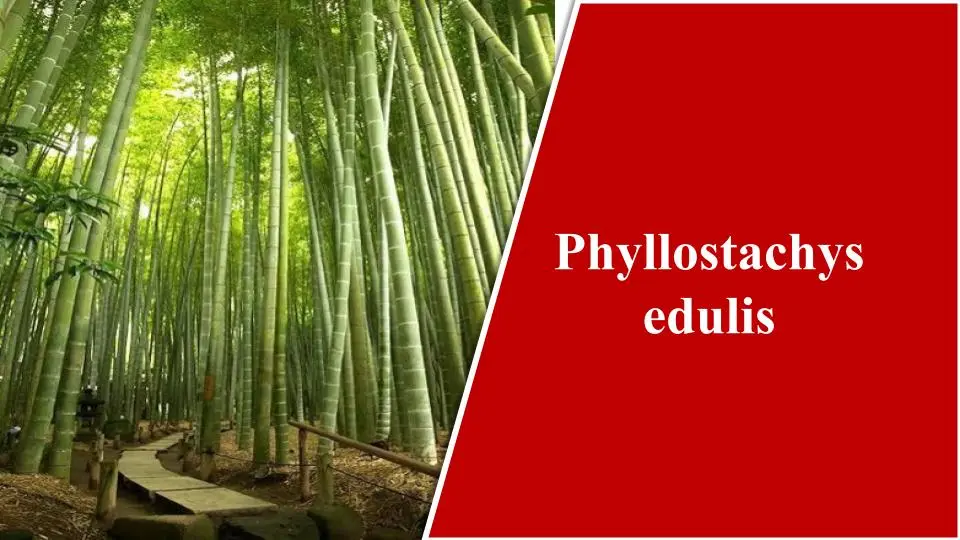
Uses of Moso bamboo
- You must be thinking of the durability of this timber bamboo, well…you’ll not be disappointed as its hardness is often compared with that of steel and it’s very well known for its durability.
- It is used in construction work.
- Its versatility is excellent as it is used for construction, handicrafts, kitchenwares, medicines and for edible purposes as well.
9. Asian wonder (Fargesia robusta)
A clumping type of bamboo which costs less in terms of maintenance and is also known as umbrella bamboo because of its weeping habit i.e, the branches and leaves hang down. It is around 3 m in height and its purple to blue colour in early phase adds beauty to the ambience.
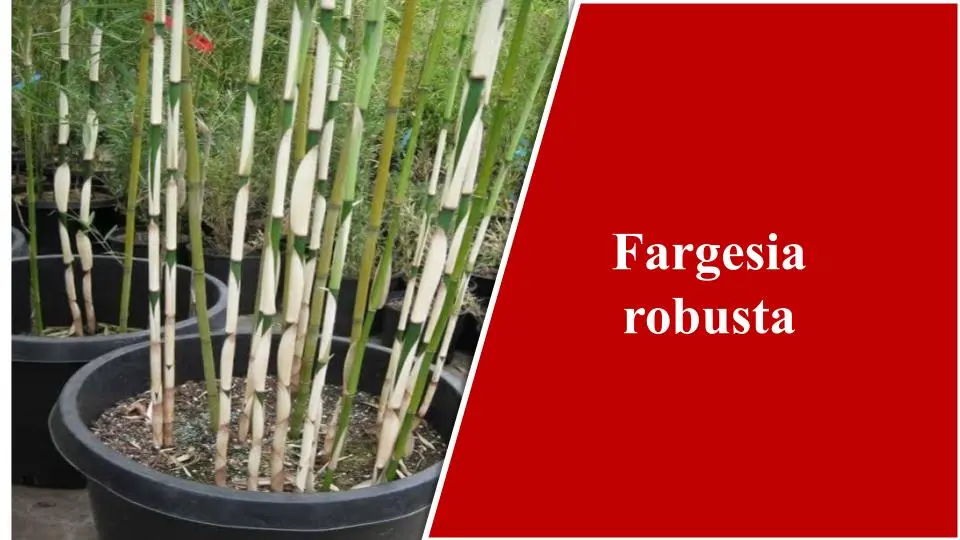
Uses of Asian wonder
- Used for hedging and privacy purpose in gardens
- Used as an ornamental plant and can be easily planted in containers/pots.
10. Golden bamboo (Phyllostachys aurea)
Another name for this bamboo is fishtail bamboo. It is of running habit and attains a height of around 20 feet. The internodes are compressed and it has a dense foliage with golden cane. If not planted in containers it becomes hard to control because of its spreading habit .

Uses of golden bamboo
- Used in handicraft
- Used in paper and fabric industry
- Its hardiness makes it suitable for construction purpose.
11. Colombian Timber Bamboo (Guadua angustifolia)
It is a clumping type giant hardy bamboo, the strongest and 3rd largest bamboo in the world. It has much prevalence in the American continent although it has been introduced in humid regions of India like in Kerala and Karnataka. It can reach upto 30 m high and has diameter approx 7-8 cm.

Uses of Colombian Timber bamboo
- Used in making decorative items
- Used for construction purpose, building houses.
- Used as fuelwood.
- Used in landscape gardening.
12. Arrow bamboo (Pseudosasa japonica)
It is also a running type of bamboo which has long, drooping leaves and can tolerate sun as well as survives in shade and therefore can be planted indoors. It’s called Arrow bamboo as in Japan it had been used to make arrows because of its cane’s sturdiness. It goes straight upto 3 to 4 m and is hardy.
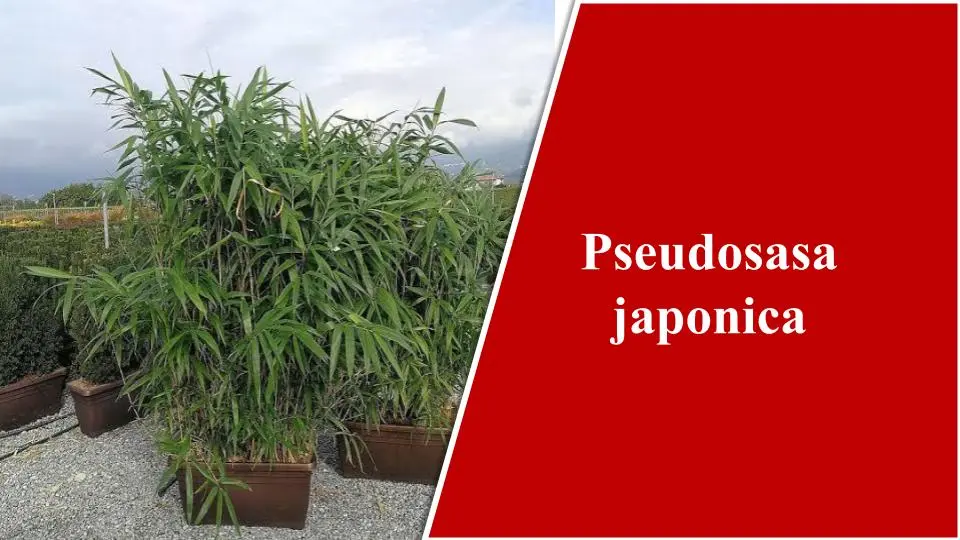
Uses of Arrow bamboo
- Young shoots of this bamboo are cooked and its seeds are also used for cooking purpose.
- Its leaves work as good antibiotic and hence used for medicinal purposes like for treating ulcers, bladder problems.
- Its roots have cooling effect.
- Planted for tackling soil erosion
- Used in handicrafts.
Also Read
Conclusion
You all must have observed and absorbed by now how grass can have an incredible significance. A botanical family which is thought to be a tiny constituent of nature actually can be as large as 20 m and be versatile to be added to the business of construction, to the labs for medicines, to the fabric industry etc. Isn’t it a beautiful play of nature how it can be kept on your tables for Goodluck, on your fields for wealth, on the periphery of your sweet homes for privacy and at the same time serves the purpose of sustainability
After writing and researching about the types of bamboo, I am convinced enough about the cultivation and usage of bamboo and its products. I hope as a reader you too must have thought something alike and enjoyed reading.
Latest Post
- Punjab & Sind Bank Introduces Special Program to Support Food and Agro-Processing Sector
- Beyond Classrooms and Gardens: How a Professor Turned His Passion into Purpose
- October Issue 2025- Times of Agriculture Magazine
- Top 10 Pesticide Companies in the World
- September Issue 2025- Times of Agriculture Magazine
- Top 15 Fertilizer Companies in the World
- Top 10 Vegetable Farming Profit Per Acre in India
- August 2025 : Times of Agriculture Magazine (AgriVoltaics Farming)
- Button Mushroom Farming: Infrastructure, Cultivation, and Profitability
Toodles!


